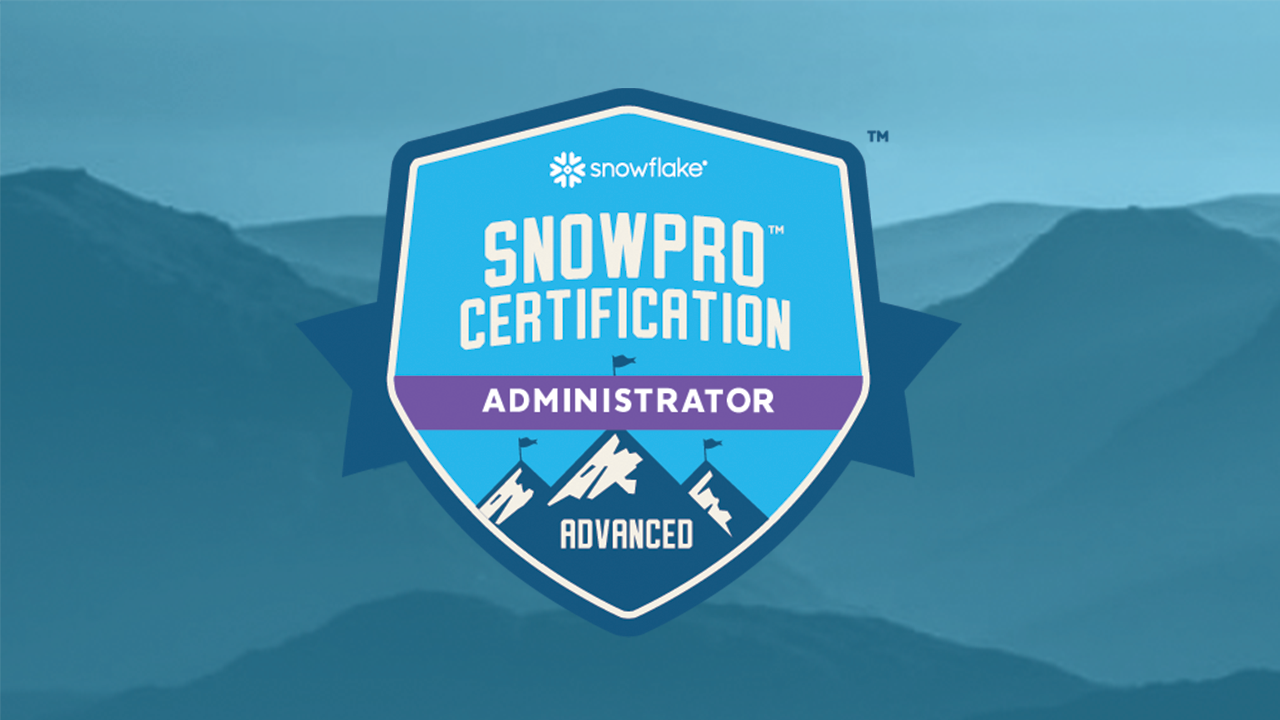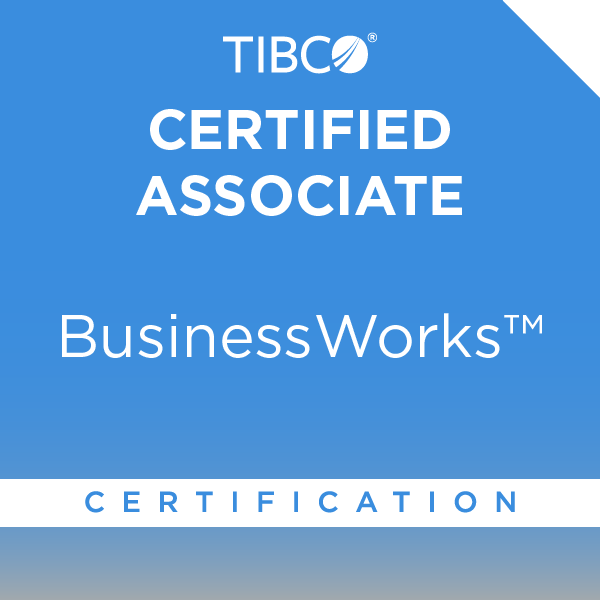Description
Overview:
The “SnowPro® Advanced Administrator Recertification Exam Certification Training” is meticulously crafted to equip professionals with an extensive comprehension of Snowflake administration, ensuring they stay abreast of the latest methodologies and techniques. This program serves as a platform for participants to not only refresh their existing knowledge but also to enhance their skills, empowering them to proficiently manage Snowflake environments. Completion of this training reaffirms professionals’ expertise, solidifying their credibility and value in the realm of data management.
Exam: Renewing and Extending Certification
The SnowPro® Advanced: Administrator Recertification exam provides an opportunity for candidates with expiring SnowPro Advanced: Administrator Certification to renew their credentials. Successful completion of the SnowPro Advanced: Administrator Recertification extends a candidate’s SnowPro Core Certification + SnowPro Advanced: Administrator status by an additional 2 years from the date of passing the recertification exam. Candidates must possess a valid SnowPro Advanced: Administrator Certification at the time they undertake the recertification exam to be eligible.
Exam Format:
- Exam Version: ADA-R01
- Total Number of Questions: 40
- Question Types: Multiple Select, Multiple Choice
- Time Limit: 85 minutes
- Language: English
- Registration fee: USD 188
- Passing Score: 750 + Scaled Scoring from 0 – 1000
Unscored Content:
Exams may include unscored items to gather statistical information for future use. These items are not identified on the form and do not impact your score, and additional time is factored into account for this content.
Prerequisites:
SnowPro Core Certified & SnowPro Advanced: Administrator Certified
Delivery Options:
- Online Proctoring
- Onsite Testing Centers
Exam Domain Breakdown:
This exam guide includes test domains, weightings, and objectives. It is not a comprehensive listing of all the content that will be presented in this examination. The table below lists the main content domains and their weightings.
| Domain | Domain Weightings |
| 1.0 Snowflake Security, RBAC, & User Administration | 30-35% |
| 2.0 Account Management & Data Governance | 20-25% |
| 3.0 Performance Monitoring & Tuning | 20-25% |
| 4.0 Data Sharing, Data Exchange & Snowflake Marketplace | 10-15% |
| 5.0 Disaster Recovery, Backup & Data Replication | 10-15% |
Exam Topics:
Outlined below are the Domains & Objectives measured on the exam. To view subtopics, download the exam study guide.
SnowPro® Domain:
Snowflake Security, Role-Based Access Control (RBAC), and User Administration
- Set up and manage Snowflake authentication, adhering to SnowPro® standards.
- Set up and manage network and private connectivity.
- Set up and manage security administration and authorization.
- Given a set of business requirements, establish access control architecture.
- Given a scenario, create and manage access control.
- Given a scenario, configure access controls.
Account Management and Data Governance
- Manage organizations and accounts.
- Manage organizations and access control.
- Implement and manage data governance in Snowflake.
- Given a scenario, manage account identifiers.
- Given a scenario, manage databases, tables, and views.
- Perform queries in Snowflake, following SnowPro® best practices.
- Given a scenario, stage data in Snowflake.
- Given a scenario, manage streams and tasks.
Performance Monitoring and Tuning
- Given business requirements, design, manage, and maintain virtual warehouses.
- Monitor Snowflake performance, as per SnowPro® standards.
- Manage DML locking and concurrency in Snowflake.
- Given a scenario, implement resource monitors.
- Interpret and make recommendations for data clustering.
- Manage costs and pricing.
Data Sharing, Data Exchange, and Snowflake Marketplace
- Manage and implement data sharing.
- Use the Data Exchange.
- Use the Snowflake Marketplace.
Disaster Recovery, Backup, and Data Replication
- Manage data replication.
- Given a scenario, manage Snowflake Time Travel and Fail-safe.
TABLE OF CONTENTS
Module 1 – Manage and administer Snowflake data security and governance
- Controlling Account Access
- Monitoring Activity with the Snowflake ACCESS_HISTORY Account Usage View
- Object Tagging
- Classification
- Data Masking
- Row Access Policies and Row-Level Security External Tokenization
- Secure Views and UDFs
- RBAC and granting privileges
- Lab: How to do object tagging
- Lab: How to data masking
- Lab: How to do classification
- Lab: How to define row access policies
- Lab: How to create secure views
- Lab: How to create custom roles
- Lab: How to work with privileges
Module 2 – Manage and maintain database objects
- Creating and Managing Snowflake Databases
- Creating and Managing Snowflake Schemas
- Introduction to Snowflake Tables
- Creating and Managing Views
- Introduction to Snowflake Stages: File Format Included Extending SQL with Stored Procedures
- and UDFs
- Snowflake Streams
- Snowflake Tasks
- Lab: How to create Databases
- Lab: How to create Schemas
- Lab: How to create tables
- Lab: How to create Views
- Lab: How to create Snowflake stages
- Lab: How to create file format
- Lab: How to create a stored procedure
- Lab: How to create UDF
- Lab: How to create snowflake streams
- Lab: How to create Tasks
Module 3 – Perform database monitoring and tuning
- Understanding performance optimization
- Exploring Execution times
- Optimizing Warehouses for performance
- Optimizing Storage for performance
- Lab: How to optimize warehouse for performance
- Lab: How to optimize storage for performance
- Module 4 – Administer disaster recovery, backup, and data replication
- Time travel
- Fail-safe
- Understanding storage cost
- Account failover
- Introduction to replication
- Replication considerations
- Replication configuration
- Understanding the cost of replication
- Lab: How to configure replication
For more information on SnowPro® Advanced Administrator Recertification Training; please visit here.
Contact Locus IT support team for further training details.







Reviews
There are no reviews yet.